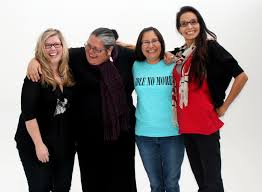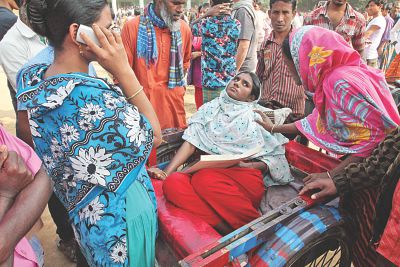
2012 has been a year of spectacular violence – Marikana, Newtown, Delhi, Dhaka – against women, against children, against workers. And that’s only the last five months. There was cause as well to celebrate, to hope, as the Idle No More movement across Canada extends the light of indignation, occupation, Spring into the new year.
And there was the absolutely ordinary violence against children that continued, largely unmarked, except of course by those immediately affected and by the usual suspects of social justice advocates and activists. Especially in the United States and Australia, children continue to spend long times in prison. This includes children asylum seekers.
In a sense, 2012 began with Jakadrien Turner, a fourteen-year-old African American, US citizen, girl who was shipped off to Colombia, alone. Turner spoke no Spanish, knew no one in the country. At the beginning of the year, she was returned to the United States. No apologies. No explanations. Silence.
Displaced and refugee children who move to high-income countries face numerous mental health and other risks, not the least of which are the delicacies of class warfare taking place across the austerity-soaked `free world.’ But they also face a risk mental health studies don’t acknowledge: a war on children.
In the United States, for example, an applicant for asylum faces a double test: evidence of an objective risk of persecution and evidence that they subjectively fear this risk. Recently, Burhan Amare, a nine-year old hearing impaired girl from Ethiopia, was denied asylum. There was clear evidence of real risk of persecution and violence. But the child, communicating through a sign-language interpreter, didn’t sufficiently manifest subjective apprehension.
Burhan Amare has a brother, in Australia. Not a biological brother, but a brother nevertheless. The boy, nine years old, is an asylum seeker in detention. Australia has mandatory detention for refugees and asylum seekers. The boy tried to commit suicide. Supporters are “distressed”. The State is maybe taking the case “under advisement”.
There is a sickness in the system of long-term immigration detention … and the sickness is the world that produces that machinery and then walks away from the slow torture of children in prisons. That is our world, a world in which, daily, children are subjected to long-term detention, for the crime of having nowhere to go. This is the silence and the muffled noises we hear, or don’t, that are the foundation of the explosions of spectacular violence. We must mark the everyday so that we understand the seemingly exceptional explosions are not exceptional. They are part of the fabric of everyday violence. The war on children must end … now.
(Photo Credit: Mike Fuentes/Ap)



